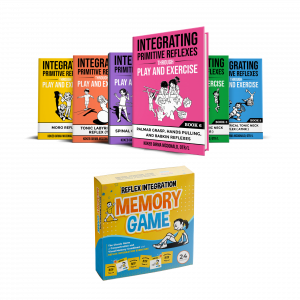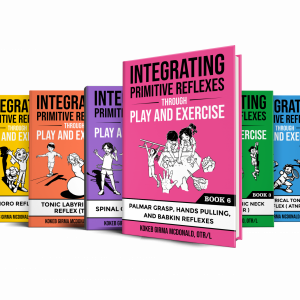An important skill for children to develop is the ability to use scissors. For a child to be efficient in scissor skills, they need the following skills: eye-hand coordination, integration of both sides of body (bilateral coordination), visual tracking (visual perception), knowing when to start and stop an activity (motor planning), adequate hand and upper body strength (tone and posture), and an understanding of overall safety. To help develop these skills and prepare children to use scissors, educators and therapists may introduce pre-scissor activities when children are in preschool.
To know whether a child may be ready to use scissors, use this checklist:
- Is the child able to open and close their hand in a controlled way, repeatedly?
- Can the child use both hands independently (e.g. one hand holds paper and the other hand cuts? One hand closed and the other hand open?)
- Is there an overflow motor movement? This is when the child voluntarily attempts movement with one hand but will show involuntary movement with the other hand.
- Is the child able to snip with a scissor away from the body?
- Is the child’s wrist extended and the scissor holding hand’s thumb facing up?
- Can the child start and stop an activity at will?
- Is the child cognitively ready to use scissors and maintain a reasonable level of safety?

If the child is not able to do one or more of the above tasks, then pre-scissor activities targeting those specific skills will be beneficial. To do these exercises, you can use household items or commercially-produced toys that resemble scissors and use similar movement patterns. Here are few examples:
1) Imitating Movement: start with having the child learn to imitate opening and closing both hands. This is the first important skill that needs to be addressed and it will help you check whether or not the Palmar Grasp Reflex is integrated. More on the Palmar Grasp Reflex in a future post. For now, use songs like Twinkle Twinkle Little Star that teaches opening and closing hands. Encourage differentiation of hands by showing the child how to alternate hands opening and closing, that is, when one hand opens the other one closes. This will encourage the brain to differentiate one hand from the other and for both hands to work independent of each other.
2) Tongs: using salad tongs of any size have the child pick up cotton balls, crumbled papers, and/or small toys and place them in a different container. Encourage differentiation of the hands by having one hand manipulating the tong while the other hand is holding a container.
3) Clothespins: pick up clothespins and clip them on a thick board, plastic cup, paper plate, or whatever works best for you. The focus is to encourage the child to maintain hand strength and develop motor planning.
4) Water Beads: water beads are fine motor and sensory toys and they come with scissor-like toys that the child can use to pick them up. You will need to first soak them for more than 4-6 hours before you use them but once the beads are at desired sizes they are a lot of fun for children to play with them.
5) Sponge: have the child soak a sponge in water and squeeze as much water as possible in a container. You can start with both hands and transition to using one hand at a time.
6) Spray Bottles: using a spray bottle, water plants or trace a line on the ground. To imitate a typical movement, encourage spray water motion to start at the bottom and travel up the line. Using spray bottles is a great activity for hand strengthening.
7) Play-Doh: Play-doh’s have the child roll Play-Doh into small balls and then, using toy tongs and Fun Shaped Easter Egg Tongs, pick up the balls and place them in a container. You will notice the child’s development by the way the scissors are held, the direction the scissors are moving, and whether both hands are being used separately. To encourage proper grasp, you can put a sticker on the scissor holding your thumb and encourage the child to keep the sticker facing up. This will provide an additional visual cue.





